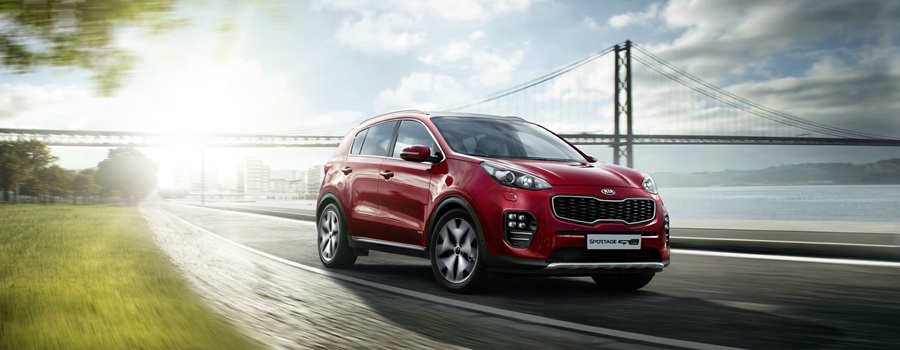KIA MOTORS CORPORATION
KIA MOTORS CORPORATION
Kia Motors Corporation was founded in 1944 and is Korea’s oldest manufacturer of motor vehicles. From humble origins making bicycles and motorcycles, Kia now produces more than three million vehicles a year from 14 manufacturing and assembly operations in five countries. These vehicles are sold and serviced through a network of distributors and dealers covering around 180 countries worldwide. Globally, Kia has over 50,000 employees and annual revenues of nearly US$44 billion.
Global research, development and production
In the company’s homeland of South Korea, Kia operates three major vehicle assembly plants at Hwasung, Sohari and Gwangju, as well as a world-class research and development centre employing around 12,000 vehicle development engineers and staff at Namyang. Kia’s Eco-Technology Research Institute near Seoul is working on next-generation hydrogen fuel-cell powertrains. Kia spends around 6% of its annual revenues on R&D, and also operates research centres in the USA, Japan and Germany.
Kia operates a global network of manufacturing bases outside Korea, with advanced production facilities in the USA, Slovakia, China and Mexico. Kia has a global production capacity of 3.5 million cars per year. Vehicles are built on flexible assembly lines which can manufacture several different models simultaneously to adapt to global changes in buying trends.
In addition, Kia has a long history of building locally in a number of markets to meet the specific needs of local customers, with assembly operation using ‘car kits’ (supplied from Korea) in Ecuador, Iran, Malaysia, Russia, Uruguay and Vietnam.
Design-led transformation
Design forms a key part of Kia’s long-term plan to become one of the world’s leading automotive brands. The last decade has seen a design revolution at Kia, a shift which has fundamentally altered the way in which consumers around the world perceive Kia and its cars.
Kia’s global network of design studios – in Korea, Germany and the USA – allow the company to keep in touch with consumer needs and trends. Headed by Peter Schreyer, President and Chief Design Officer of Kia Motors Corporation, the brand has established its own clear identity and has produced a number of modern, progressive new car designs as the Kia model line-up has expanded and developed.
A Different Beat: Kia brand awareness
Kia has witnessed significant growth in the strength of its brand in recent years, the result of design-led product development and company-wide efforts to cultivate a more emotional attachment to Kia and its cars. According to the Interbrand’s 2016 ‘100 Best Global Brands’ study, Kia is now the 69th most valuable brand in the world, and is recognized by consumers all around the globe for its vibrant, distinctive and reliable range of cars.
Official partnerships with the world’s most high-profile sporting events have provided additional momentum to the growth of the Kia brand. Sponsorship arrangements with FIFA, UEFA, NBA, LPGA and the Australian Open tennis championship allow the company to engage with young-at-heart target customers throughout the year.
The Power to Surprise
From its earliest days, Kia established a reputation as Korea’s automotive pioneer. The company was established in 1944, produced its first small car in 1974 and the first Korean-designed car in 1992. In 1993, Kia manufactured its three millionth vehicle – in 2016 alone, Kia produced and sold over three million cars.
Today, Kia Motors is a global force in the automotive industry, and is part of the Hyundai Motor Group, the fifth largest automotive manufacturer in the world. Kia’s brand slogan – ‘The Power to Surprise’ – represents the company’s global commitment to surprise the world by providing exciting and inspiring experiences that go beyond expectations.
New production base in Mexico
In 2016, Kia Motors opened its latest new production facility in Pesquería, Mexico, representing a US$1 billion investment by the company. The new manufacturing plant has an annual production capacity of up to 300,000 cars per year, taking Kia’s global manufacturing capacity to around 3.5 million vehicles.
The high-tech Mexico production facility is capable of producing one car every 53 seconds, with 420 robots serving to automate a number of processes in the press, body and paint shops, as well as on the assembly line. By the end of 2017, the number of workers employed at the Pesquería facility will have risen to 3,000, with an additional 7,000 jobs created by supplier firms.

